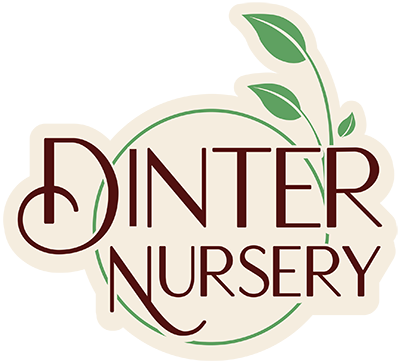Rhodos and Understory Planting
Rhododendrons are the most widely-grown ornamental plant on the West Coast.
They are evergreen, have spectacular blooms between February and June, and are deer-resistant. Many varieties are sun-tolerant, but their preferred location is in the understory of tall trees—in fact, many local properties have tall trees suitable for growing Rhododendrons!
Most varieties originate from species found in the Himalayan mountains, which have summer monsoon rains. Our climate is Mediterranean with dry summers, however, making it critical that local Rhododendrons receive summer irrigation. With their shallow roots, they are also sensitive to drying out and prefer a porous, well-drained acidic soil high in organic matter. Regular fertilizing is beneficial, but the most critical time to feed is as the blooms fade and new growth develops. Using a high phosphorus fertilizer, flower buds are set for the following year by September and are visible by their large plump appearance.
There are hundreds of Rhododendron varieties to choose from, many developed by breeders in our area. One can plant a sequence of plants that bloom from February to June, and enjoy interesting textures of foliage the rest of the year.
Cultural requirements for Rhododendrons are basic:
They must have drainage during our wet winters but receive water in our dry summers.
Being shallow-rooted, they need fresh organic material spread underneath from time to time.
A balanced fertilizer should be applied regularly and lightly with the main feeding after blooming.
If they are not happy in a location, their shallow compact roots allow them to be moved almost anytime with little shock.
To enhance your woodland garden, there are many shade-tolerant perennials to consider alongside Rhododendrons, such as Astilbe, Primula, Sweet Woodruff, Oregon Grape, Bleeding Hearts, and Hosta. Any garden with partial shade should have a place for these lovely shrubs!

